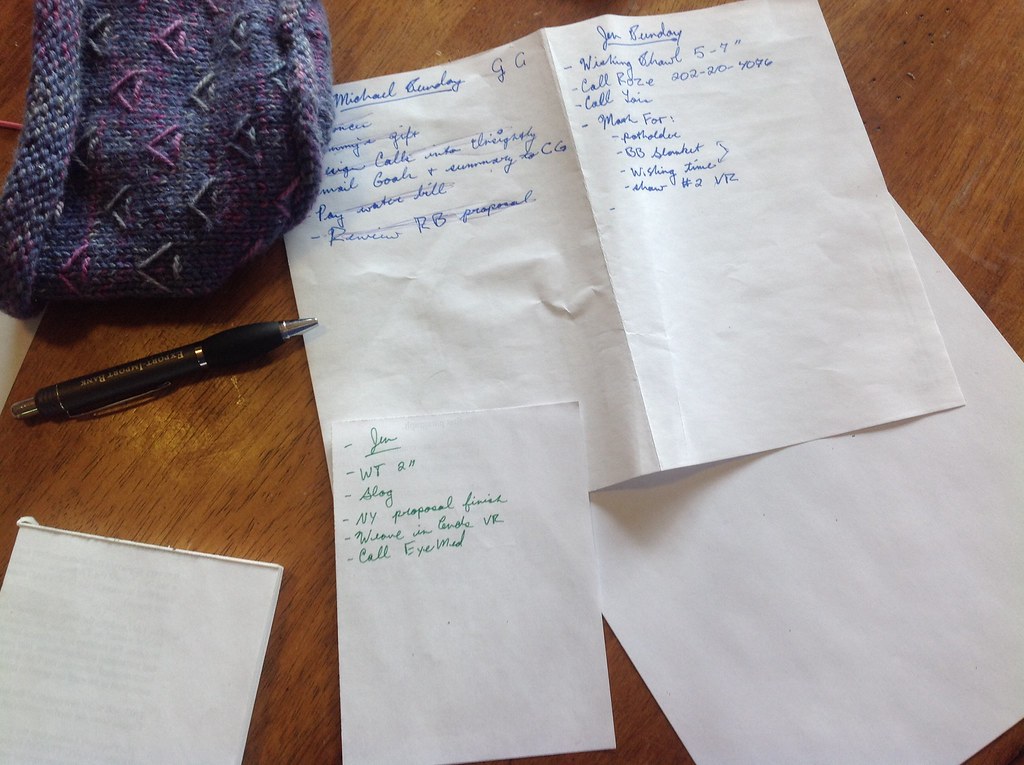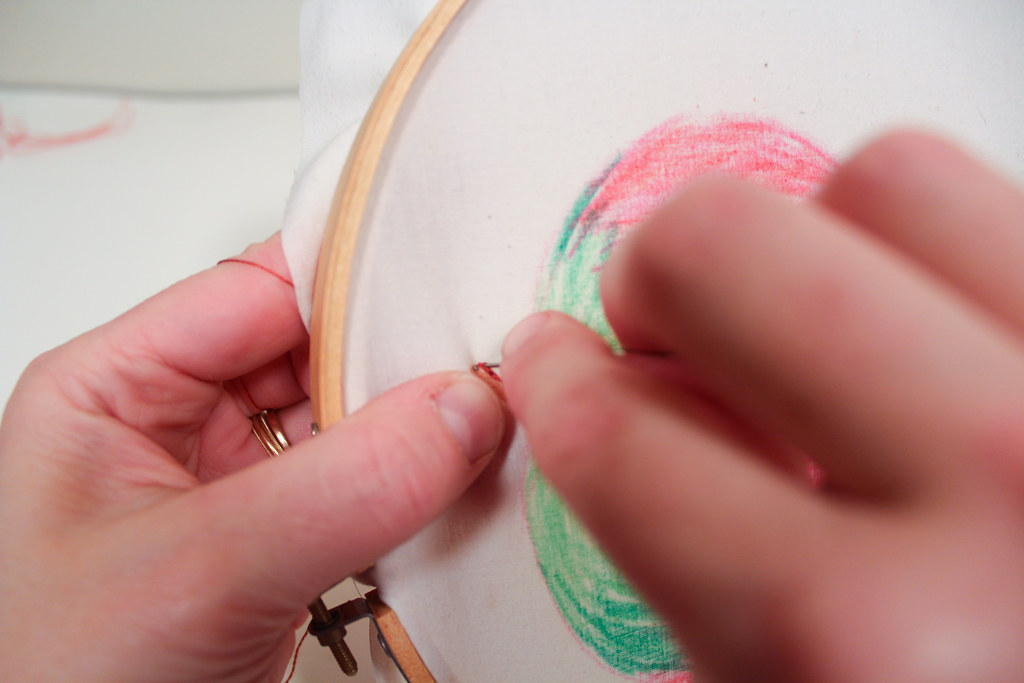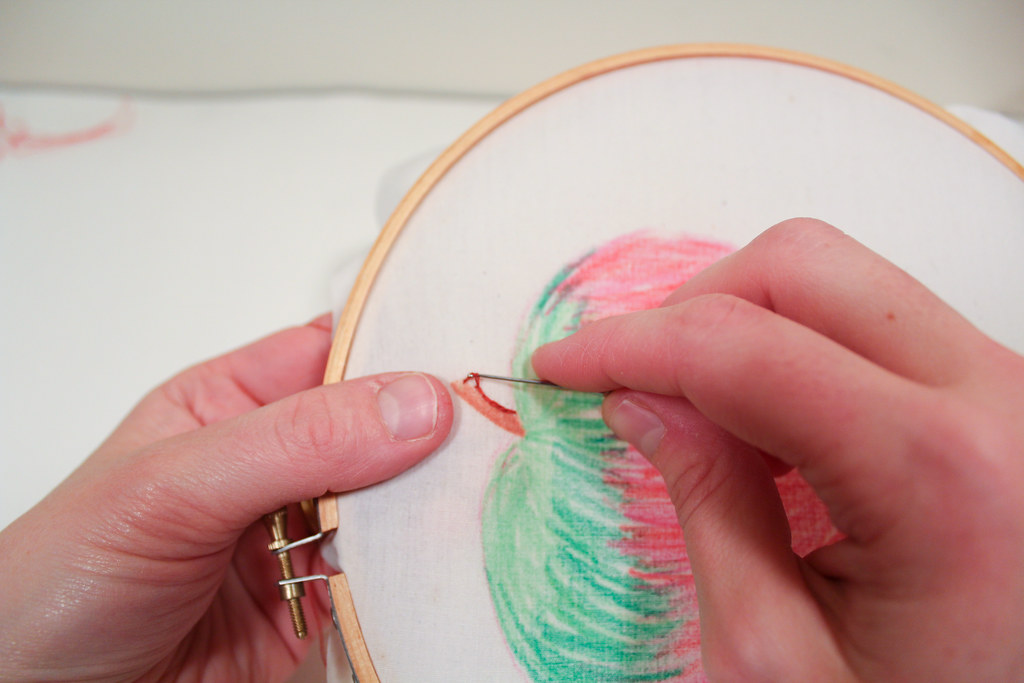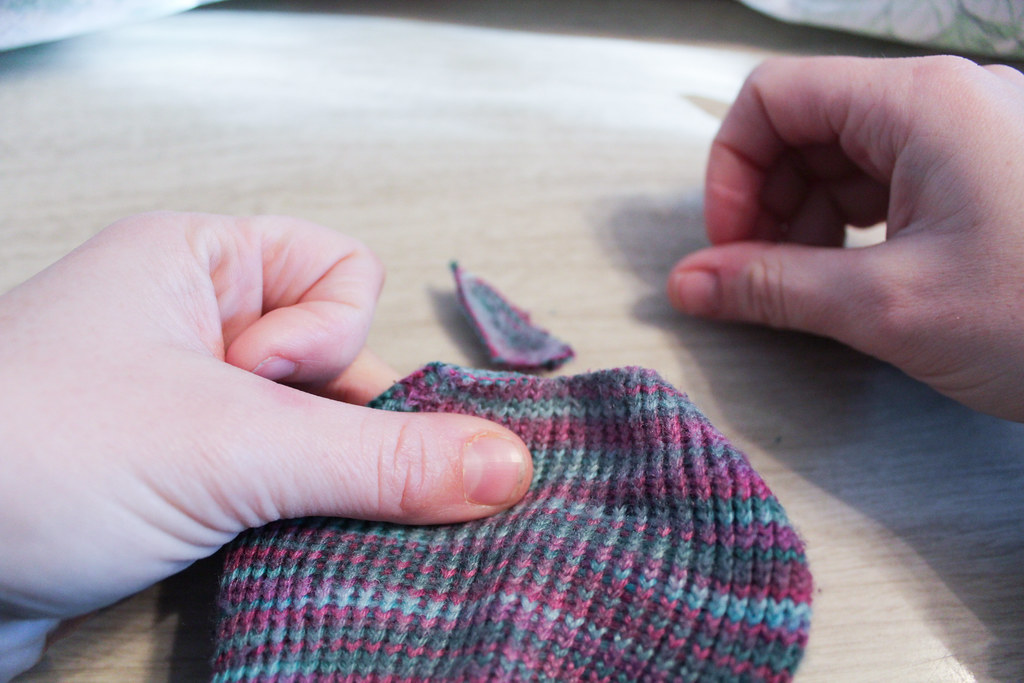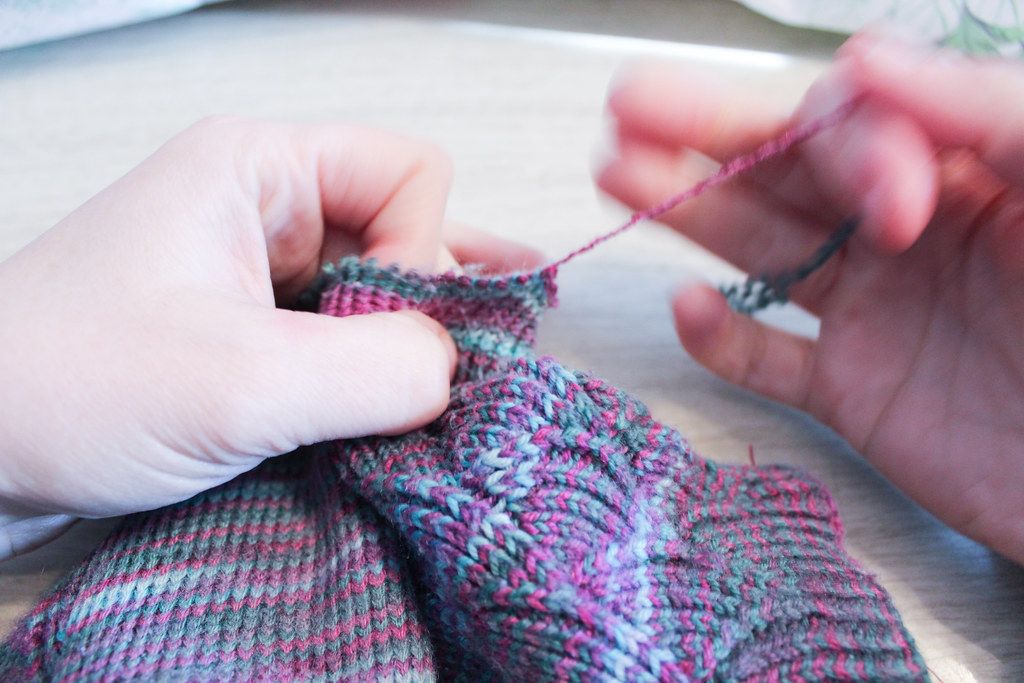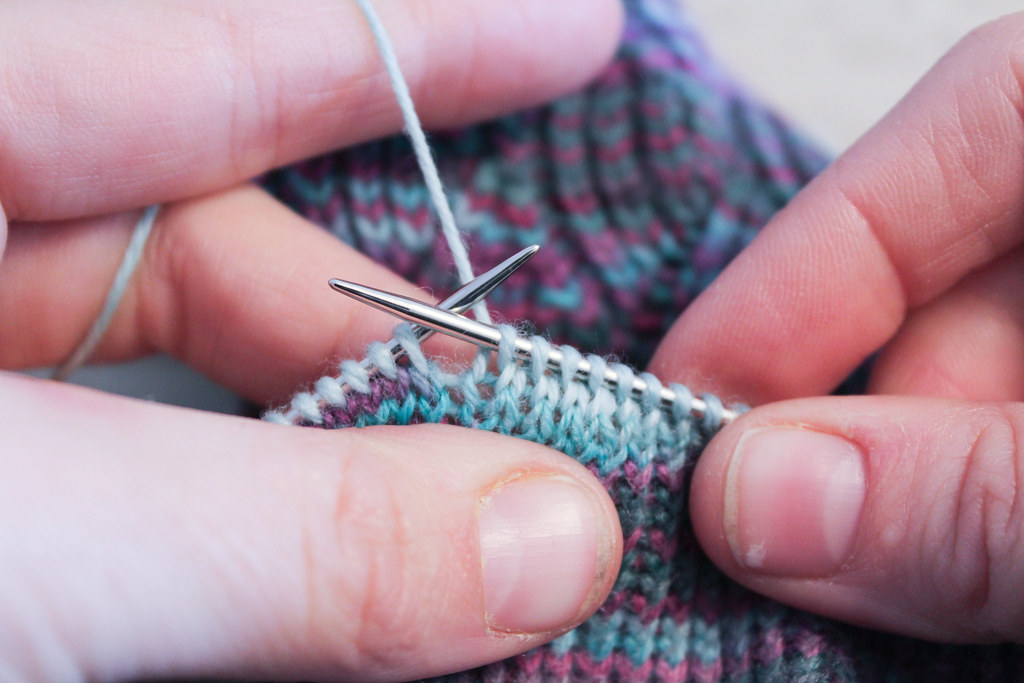| Tinking Turtle’s Personal Cloud looks like any Windows file structure, and is organized and accessible across multiple computers. |
Tinking Turtle has recently set up our own Personal Cloud system to store all of our business data including design information, contracts, and other important documents, in one simple, easy to access location that any computer on our business network can connect to. This allows us to categorize and file designs and other business documents in an organized, hierarchical manner, while still preserving the ability to share these among members of the business.
Personal Cloud providers such as Western Digital or Seagate now offer affordible data storage solutions with a wide range of features, including automatic backups, audio and video streaming services, and even the ability to access documents anywhere across the internet. This functionality offers small businesses a key competitive advantage, as by being organized with your company data, you are better able to use your available resources.













